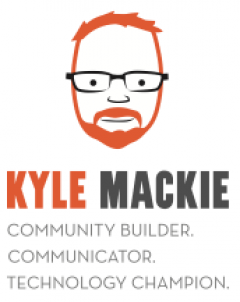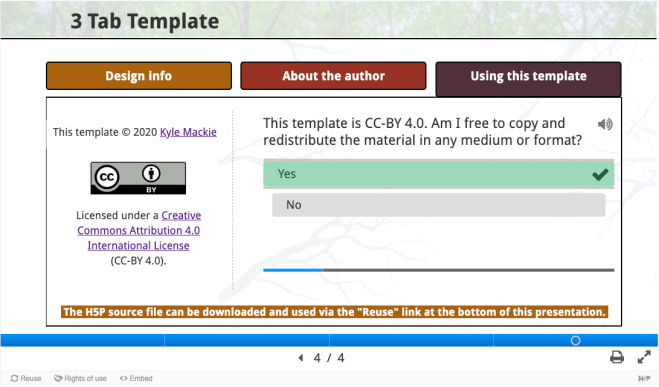Alrighty. If you liked the Glossary/Terminology h5p template, and you thought the Tab h5p template was ok, I’ve got a new one for you. My goal here was to set up an “Accordion” – style interaction, mimicking similar types of expand and collapse tools all the cool kids are using today. As I mention in the template, h5p does have a content-type for this, but you can’t customize it (well, not without getting into the code).
So, the new template looks like this:

Go have a look – https://kylemackie.h5p.com/content/1290941857695765899 – download a copy for yourself and make something cool. Let me know what you come up with.



